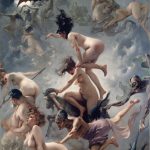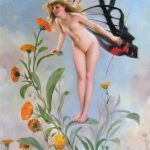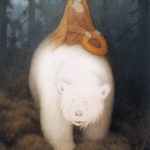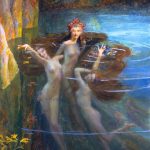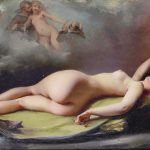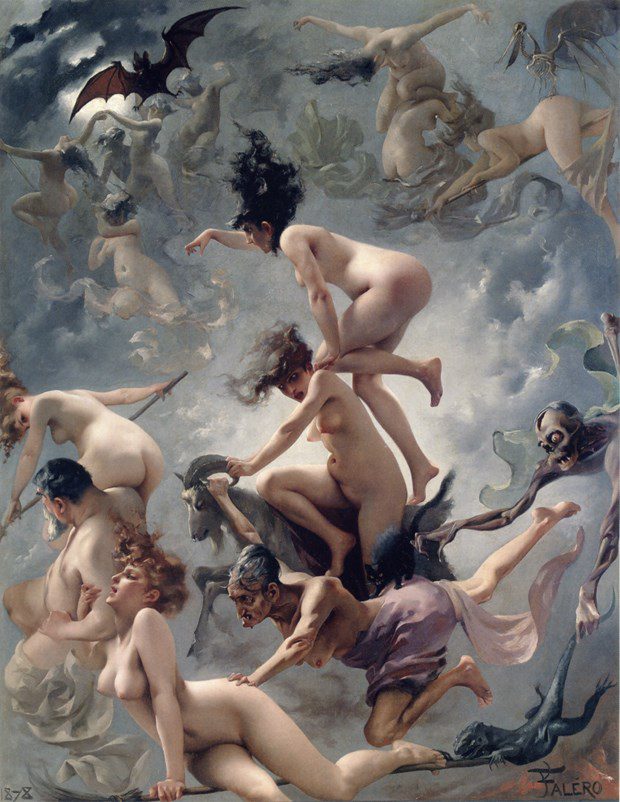
Luis Ricardo Falero was born on December 23, 1851, in Granada, Spain, into a world of vibrant colors and warm Mediterranean breezes. His childhood was marked by an early fascination with art, a passion that would shape the course of his life in ways he could never have predicted.
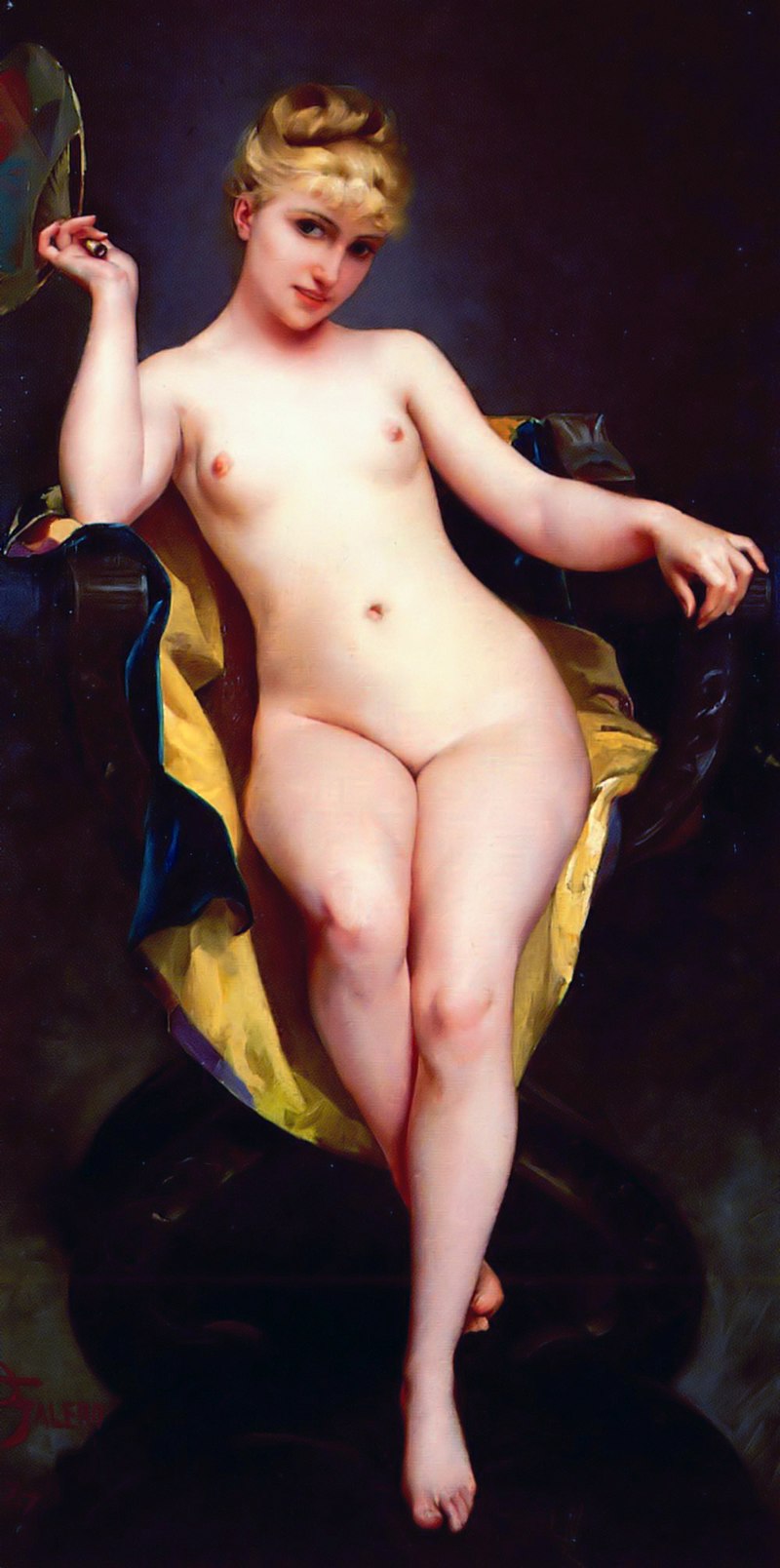
From a young age, it was clear that Falero possessed a prodigious talent. His family recognized his artistic inclinations and encouraged him to pursue his passion. At the age of 12, he began formal art studies at the Royal Academy of Fine Arts of Santa Isabel de Hungary in Seville. Here, under the guidance of skilled instructors, Falero honed his technical skills and developed an appreciation for the classical art of his predecessors.
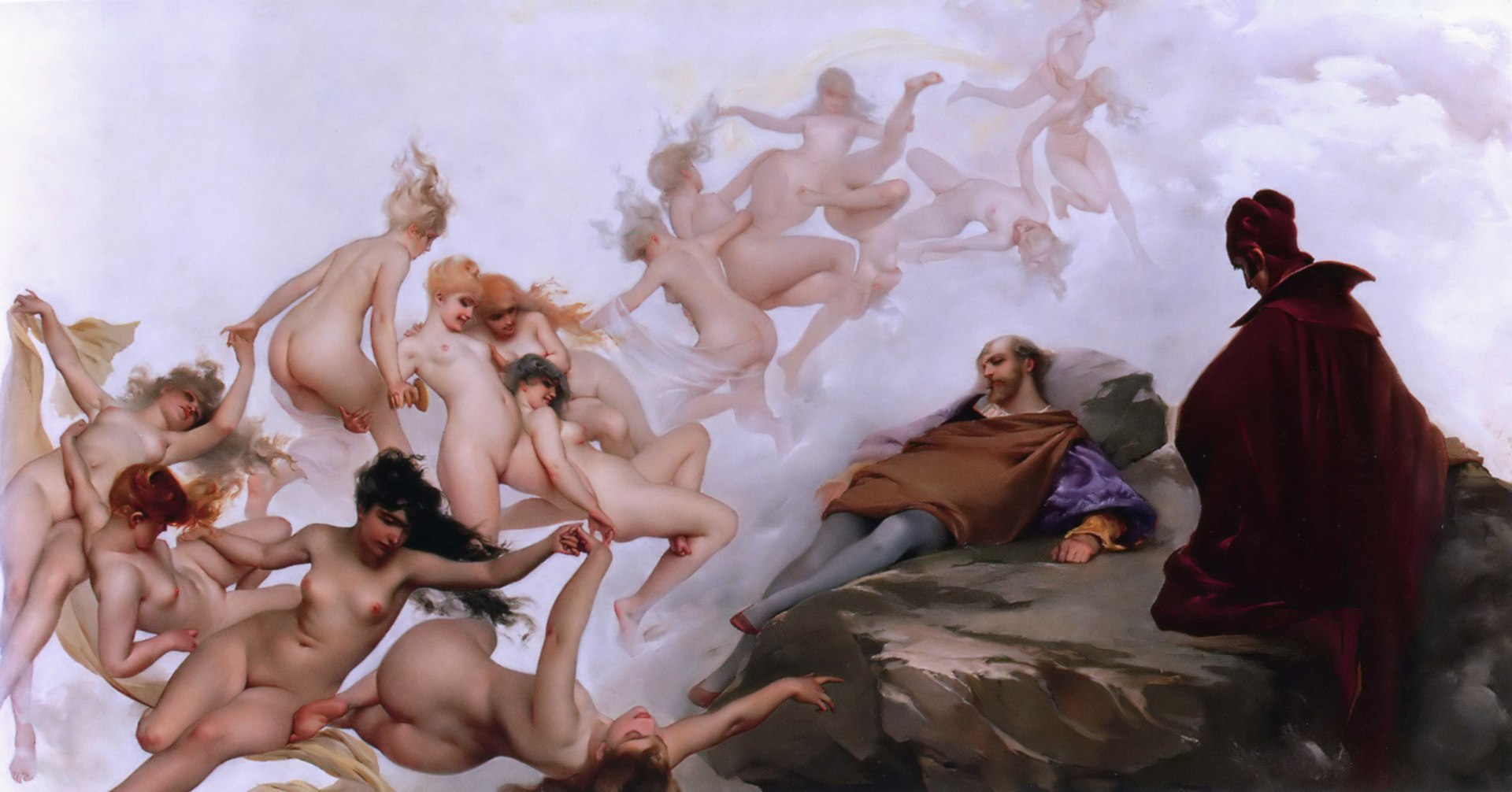
In 1869, seeking to expand his artistic horizons, Falero set out for Paris, the epicenter of the art world during the 19th century. The City of Lights proved to be a transformative environment for the young artist, exposing him to new ideas, artistic movements, and a diverse array of influences. Paris was alive with intellectual and cultural fervor, and Falero eagerly immersed himself in this rich tapestry of creativity.
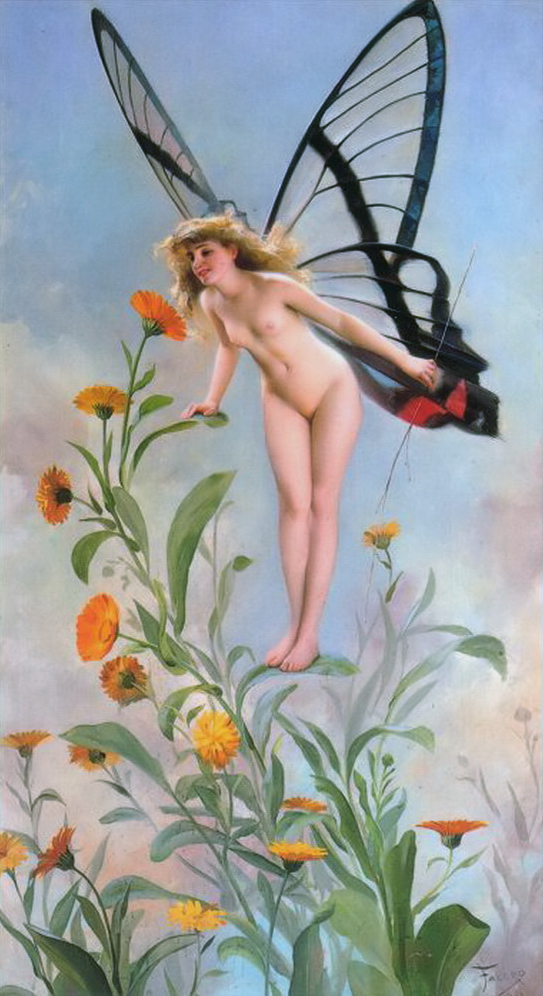
While in Paris, Falero encountered the works of the Symbolists and Pre-Raphaelites, movements that resonated deeply with his imaginative spirit. These encounters sparked a profound shift in his artistic vision, inspiring him to explore fantastical and otherworldly themes in his paintings. The allure of mythology and the supernatural became central to his artistic expression.
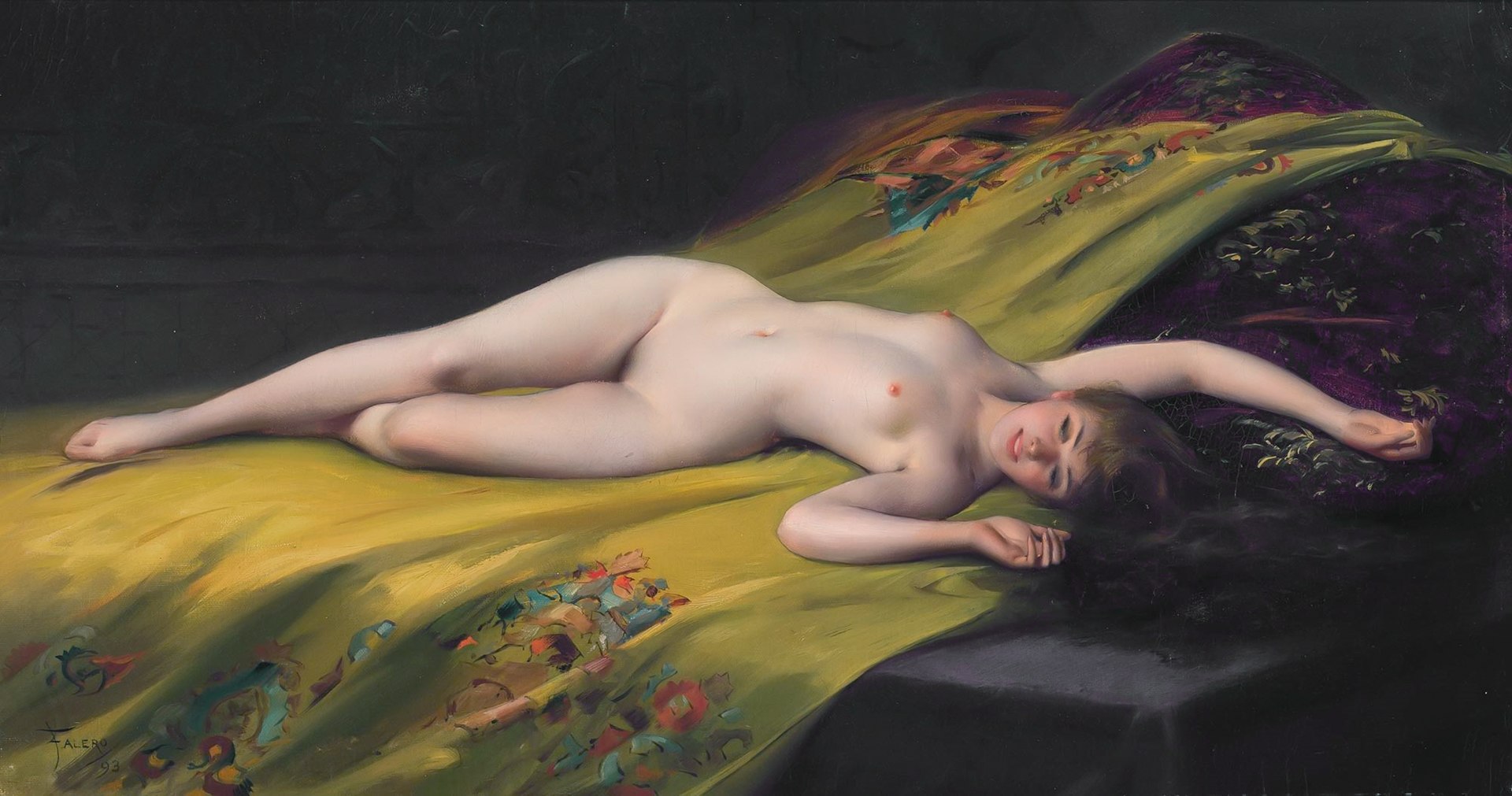
As Falero continued to evolve as an artist, he found himself drawn to the burgeoning genre of fantasy art. His fascination with celestial subjects and ethereal landscapes led to the creation of some of his most iconic works. His paintings, characterized by meticulous detail and vibrant color palettes, captured the essence of a dreamlike realm where reality and fantasy intertwined.
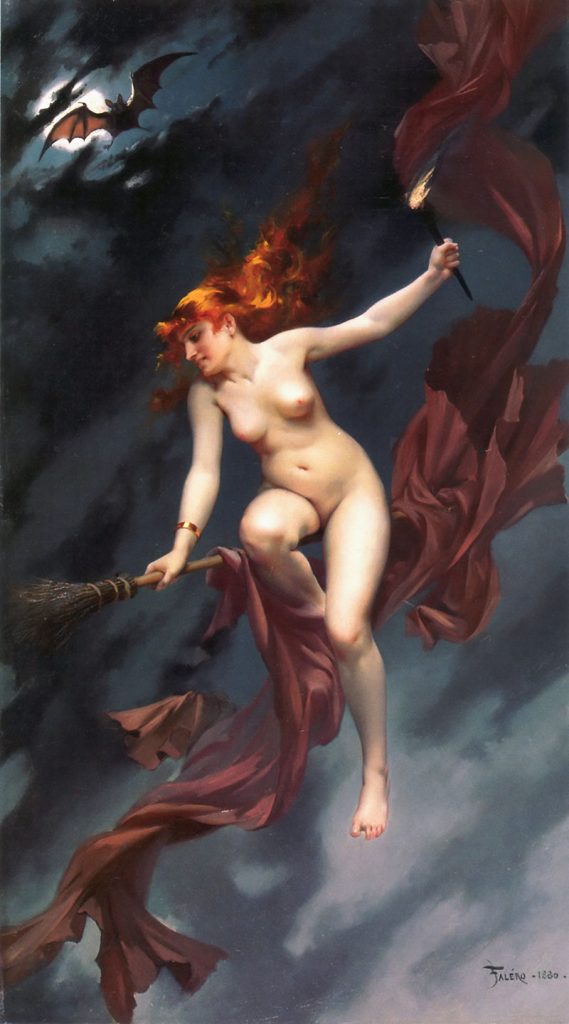
In 1879, Falero made a pivotal decision to move to London, a city that embraced his unique artistic vision. The cosmopolitan atmosphere and burgeoning art scene provided the perfect backdrop for Falero’s fantastical creations. London, with its mix of tradition and innovation, became a canvas for his imaginative exploration.
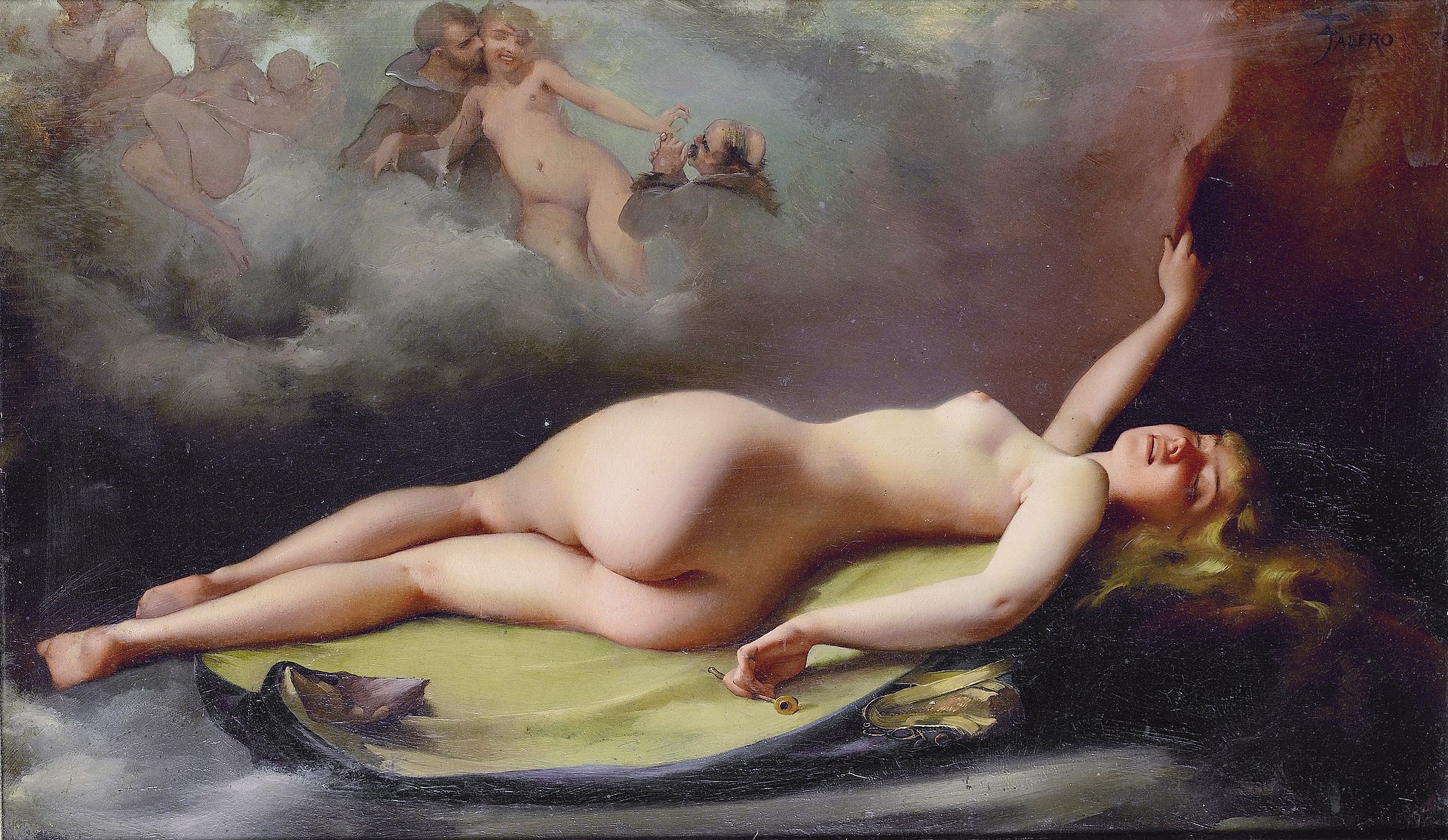
“The Witches’ Sabbath,” painted in 1880, stands as a testament to Falero’s mastery of the fantastical. This iconic work depicts a bewitching gathering of mystical beings under the moonlight. Witches, demons, and fantastical creatures come together in a dance that blurs the lines between reality and the supernatural. The painting showcases Falero’s ability to infuse his work with a sense of magic and mystery that captivates the viewer.
Despite his success and recognition in London, Falero faced personal challenges. The bohemian lifestyle that often accompanied artistic pursuits took its toll, and he grappled with financial instability. Yet, through adversity, Falero remained dedicated to his craft, producing a prolific body of work that continued to enchant audiences.
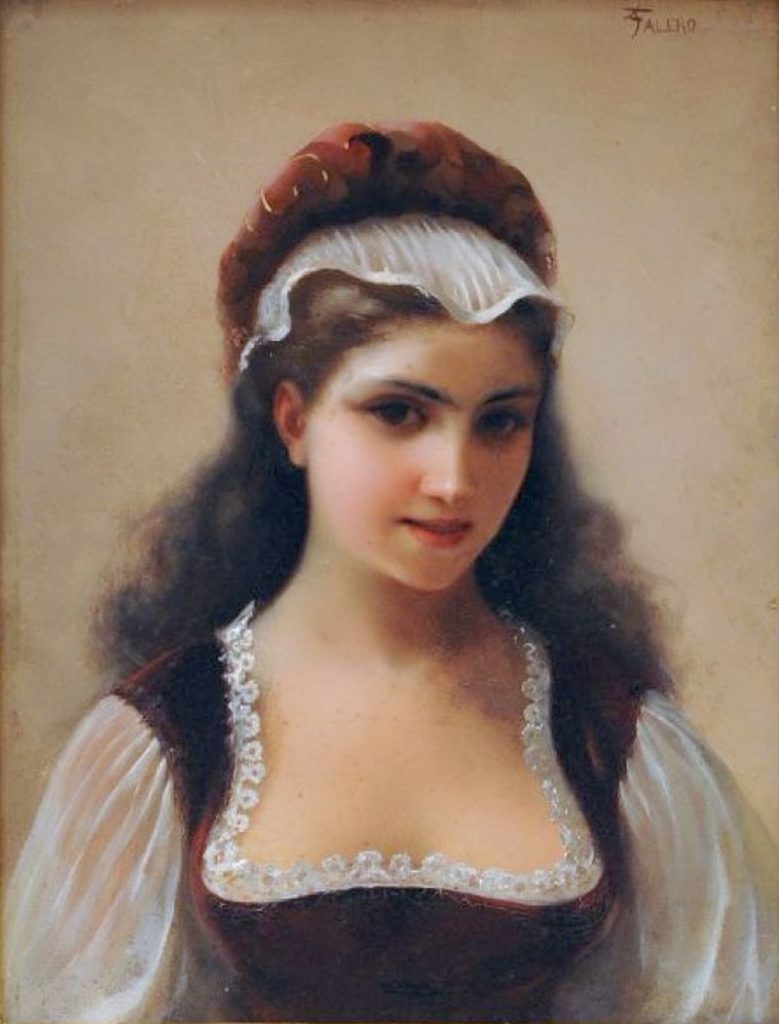
In addition to his fantastical works, Falero also delved into portraiture, landscapes, and genre scenes. His versatility as an artist allowed him to explore various facets of the art world, showcasing a range of skills that went beyond his fantastical creations. Portraits such as “Portrait of Miss Anna Maria Donarelli” demonstrate his ability to capture the individuality and essence of his subjects.
As the 19th century drew to a close, Falero’s health began to decline. The rigors of his artistic pursuits and the challenges he faced took a toll on his well-being. Luis Ricardo Falero passed away on December 7, 1896, leaving behind a legacy of fantastical art that continues to captivate audiences to this day.
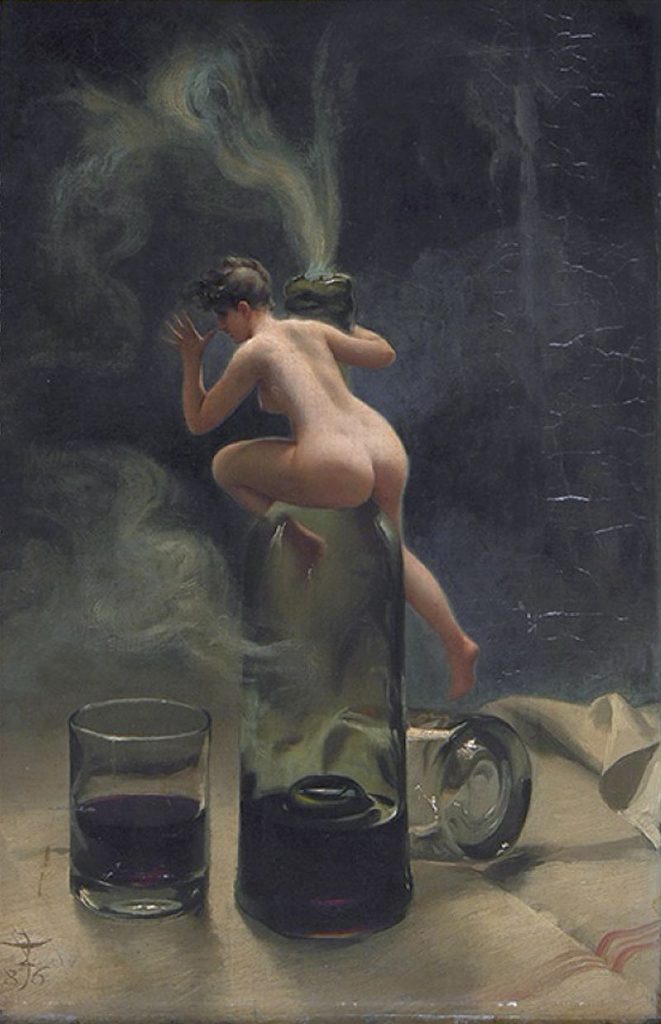
In the years following his death, Falero’s work experienced a period of relative obscurity. However, a renewed interest in fantasy art and the Victorian era brought about a reevaluation of his contributions to the art world. Collectors and art enthusiasts rediscovered the allure of Falero’s dreamlike creations, recognizing the timeless quality of his fantastical visions.
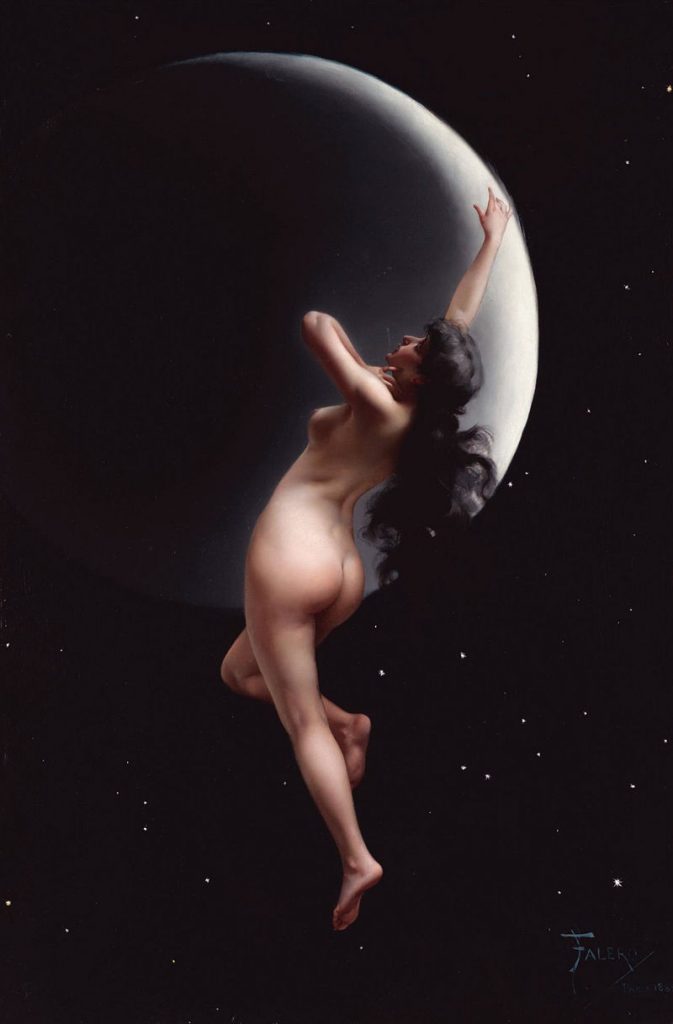
Today, Luis Ricardo Falero is celebrated as a pioneer of fantasy art, a visionary who dared to explore the realms of imagination and bring forth enchanting worlds on canvas. His legacy endures in the continued appreciation of his masterpieces, each brushstroke a testament to the boundless possibilities of artistic expression. Falero’s life and work serve as an inspiration for those who dare to dream beyond the confines of reality, reminding us that art has the power to transport us to realms where the extraordinary becomes possible.

